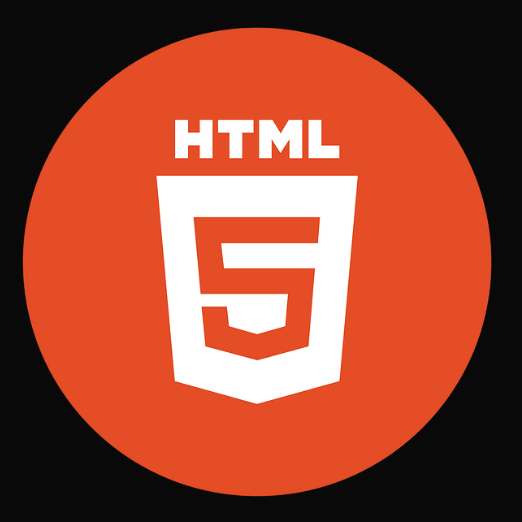
When we think about the vast and interconnected world of the internet, HTML stands as the bedrock upon which this digital landscape is built. HTML, or HyperText Markup Language, is the fundamental language used to structure and present content on the web. Let's delve into the details of why HTML is considered the cornerstone of web development.
At its core, HTML is a markup language that uses a system of tags to annotate elements within a document. These tags define the structure of a web page, delineating headings, paragraphs, images, links, and various other components. A typical HTML document comprises a combination of these tags, each serving a specific purpose in organizing and displaying information.
One of HTML's strengths lies in its semantic structure. The use of tags like header, nav, article, section, and footer allows developers to create a meaningful and hierarchical organization of content. This not only enhances the clarity of the code but also aids search engines in understanding the purpose and relevance of each section.
Mert Canbaz
HTML is the language behind the web's interconnected nature. Through anchor tags "a", developers can create hyperlinks that connect one page to another, facilitating seamless navigation. Additionally, lists and navigation menus can be easily implemented, providing users with intuitive ways to explore content.


Accessibility and SEO
Well-structured HTML not only benefits human users but also enhances accessibility for individuals with disabilities. Semantic HTML aids screen readers in providing a coherent interpretation of content. Moreover, search engines rely on HTML to crawl and index web pages, making proper HTML structure crucial for effective Search Engine Optimization (SEO).
- In essence, HTML is not just a coding language; it is the architectural framework that underpins the entire web. It empowers developers to create structured, accessible, and visually appealing content, laying the foundation for a rich and interconnected online experience. As the first language many developers encounter on their web development journey, HTML remains an indispensable tool in the digital realm.